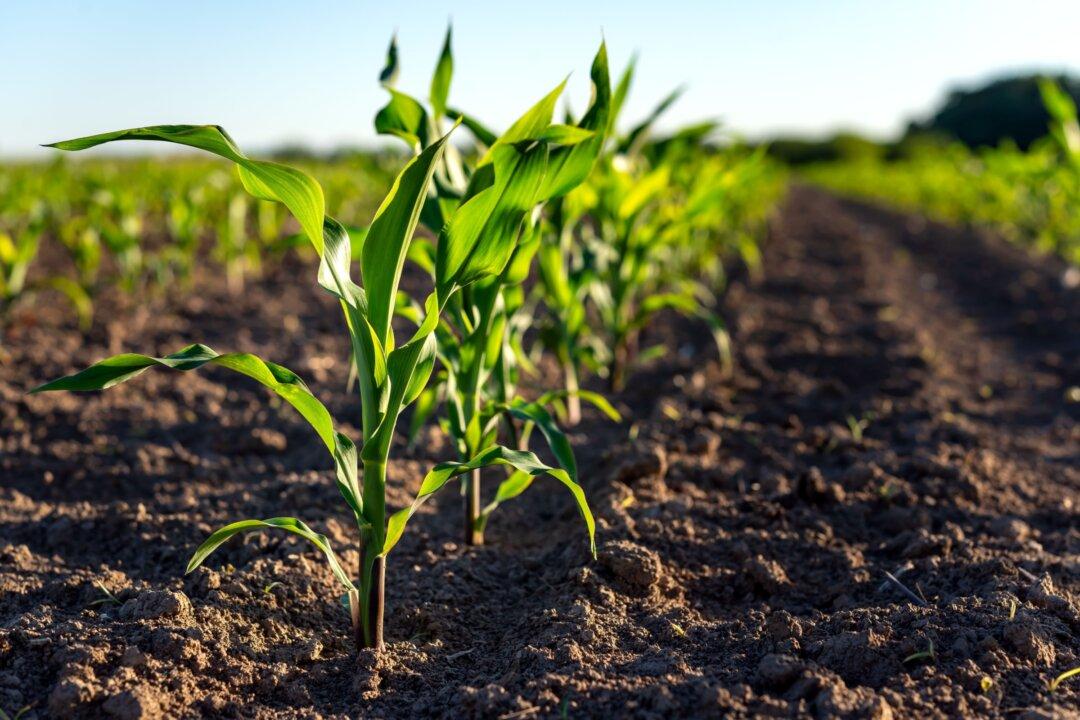Food, a precondition for the possibility of life as we know it, is rarely appreciated for its true power. Far beyond its conventionally defined role as a source of energy and building blocks for the body-machine, new discoveries on the frontiers of science reveal that food is also a powerful source of information.
We are all hardwired to be deeply concerned with food when hungry, an interest that rapidly extinguishes the moment we are satiated. But as an object of everyday interest and scientific inquiry, food often makes for a bland topic.






